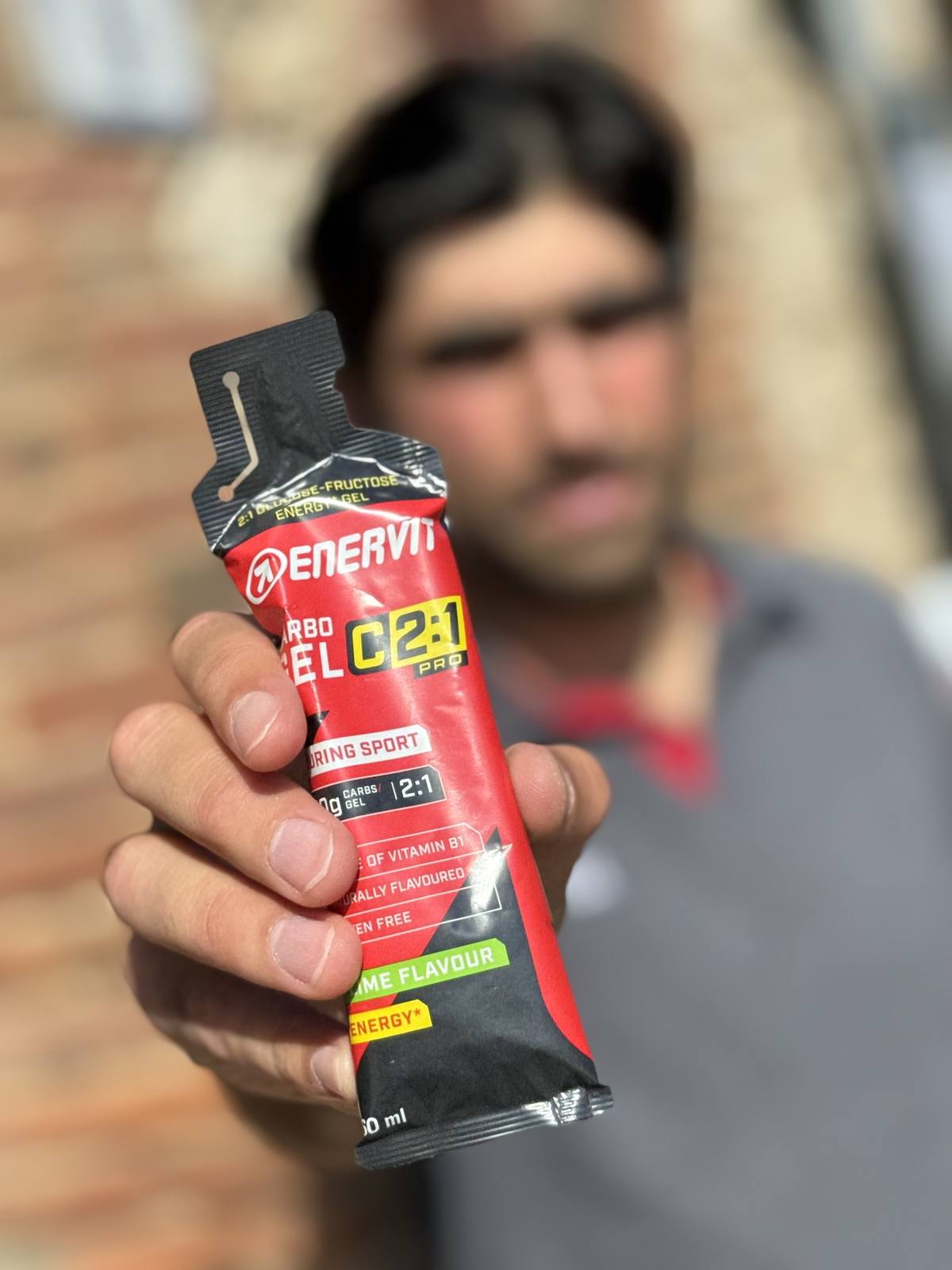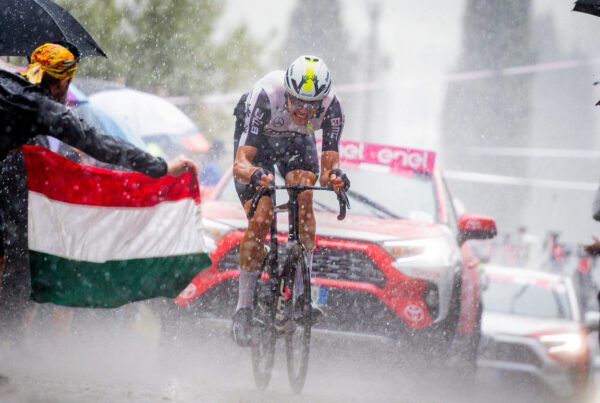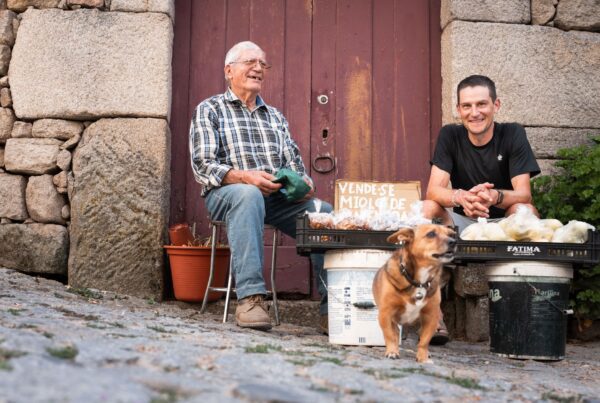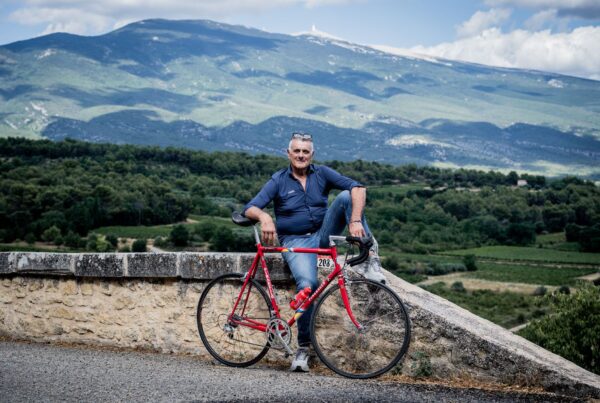Higher carb gels and drink mixes have been trending as the pros are talking about consuming between 90 and 120 grams of carbohydrates per hour—more than double what common recommendations for carbs per hour during sport used to be. And it seems to be paying off. But how do the pros actually manage to take in that huge amount of carbs? The secret is the blend of carbohydrates, specifically glucose and fructose.
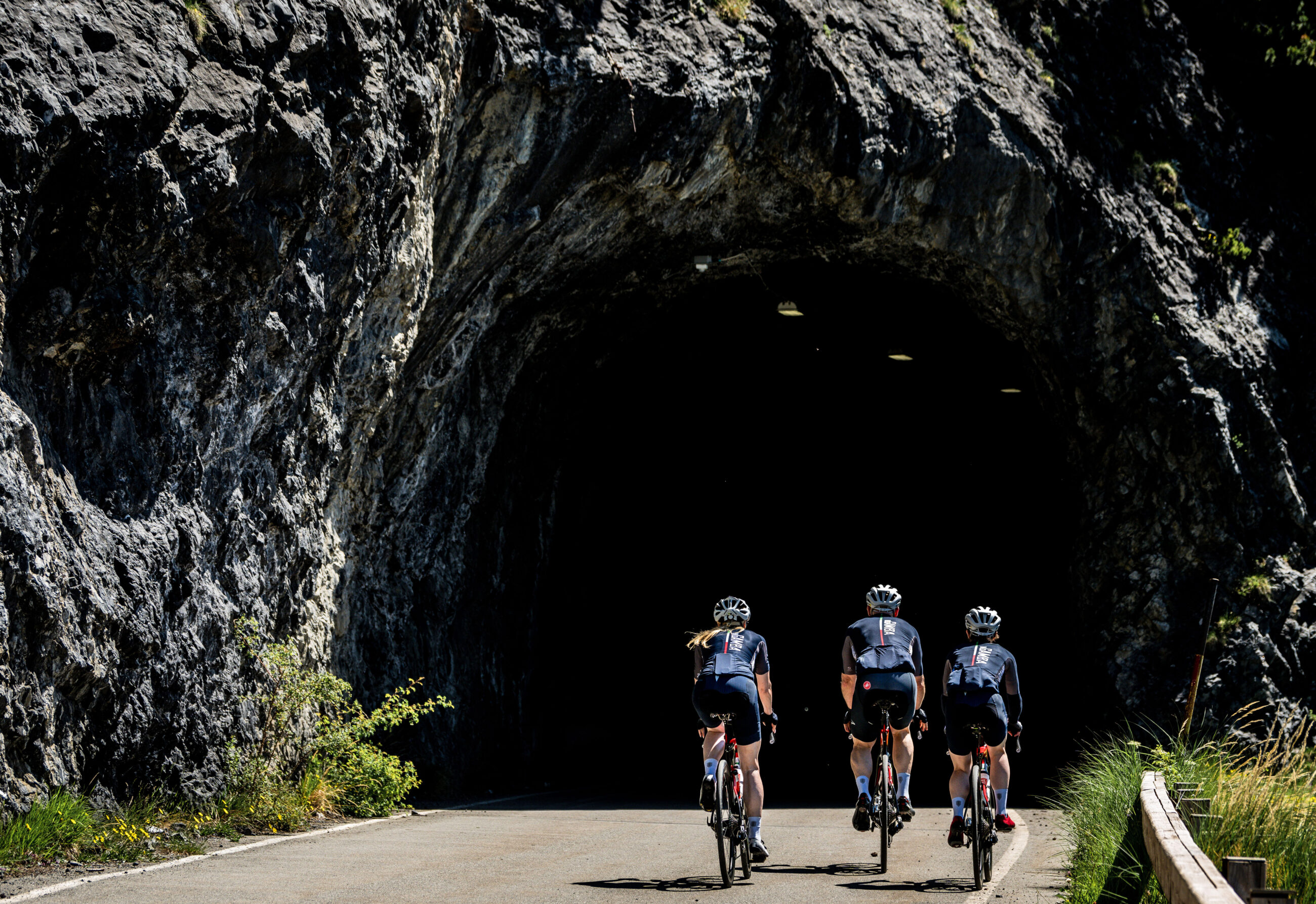
What’s the difference between glucose and fructose?
Maltodextrin is a form of glucose, and considered the ideal for drink mixes since it mixes easily with water. It’s also easy to digest and works quickly to reach the muscles that need it the most.
Fructose is a sugar that’s found in fruit. Many riders who rely on real food—bananas, dates, dried fruit, or maple syrup—are primarily relying on fructose, which is considered a more natural sugar. But natural doesn’t necessarily mean better, especially when talking about performance on the bike.
The blend of the two is where the magic happens. That’s where Enervit’s C2:1 solutions come in—it’s not just a fun name, the 2:1 refers to the ratio of maltodextrin and fructose in their gels, drink mixes and chews. It’s an important ratio for cyclists, especially those with sensitive stomachs. An Enervit C2:1 Carbo Gel contains 40 grams of carbohydrates—roughly 27 grams of maltodextrin and 13 grams of fructose—in the easy-to-slurp 60ml gel.
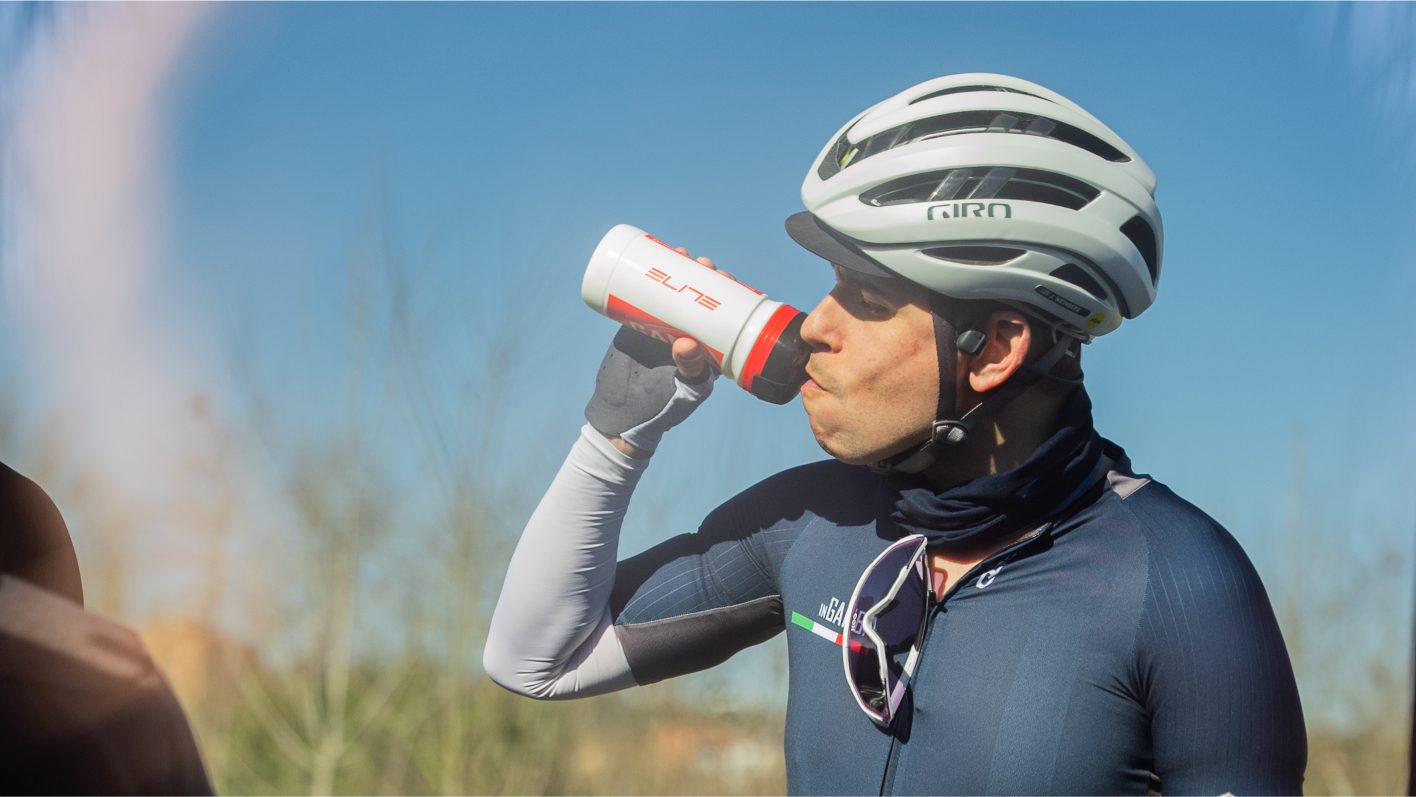
A 2:1 ratio of glucose to fructose is considered the gold standard for carbohydrate consumption on the bike. But why?
The reason is absorption: Glucose (the maltodextrin component) goes directly into your bloodstream, where it’s used to produce adenosine triphosphate (ATP), the energy source your body uses as you pedal. Fructose, on the other hand, is processed in the liver where it’s then converted to glucose. Because fructose and glucose use different pathways to get to your muscles, you’re able to use both simultaneously, which lets your body work harder for longer.
Maltodextrin is also an important ingredient in drink mixes because unlike other sugars, it’s significantly less sweet. A similar amount of carbs in fructose-only form would be much sweeter tasting, which can be hard to tolerate in a drink or a gel, especially on long rides.
Additionally, while some people are able to tolerate larger amounts of fructose, cyclists with more sensitive stomachs may find that fructose alone (if you’re using something like dates or maple syrup as your primary fuel) can cause serious gut distress on the bike.
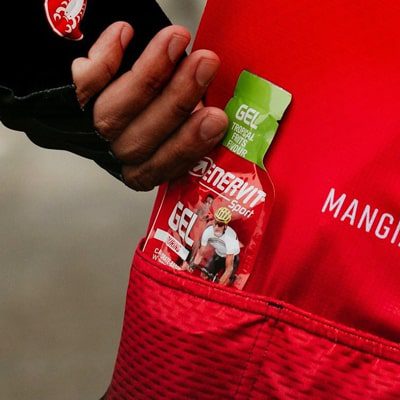
The higher your intake, the more important it is to get your carb ratio dialed in. If you’re trying to take in more than 90 grams of carbs per hour (around 360 calories) on a longer, harder ride, you need to mix up your carb sources.
Adding some real food—like we do at our coffee stops with inGamba—is a great way to supplement Enervit’s gels and sports drinks, but if you’re out on a solo ride with limited refueling options, make sure you’re carrying enough gels to fuel the work you’re doing. The Enervit Carbo Gel C2:1Pro gels contain 40 grams of carbs in each, so 2-3 gels per hour would be the goal on a long ride if you’re trying to increase carb intake.
If you’re using gels, bars, or chews as your primary carb sources, make sure that you’re also drinking enough water to allow for carb absorption. Getting your ratio of glucose to fructose right is important, but if you’re not hydrating enough, you’ll have the carbs in your gut but no way for them to get to where they need to go. (20 ounces per hour of water is the general rule, but more if it’s hot out and you’re sweating profusely.)
Fueling your ride right can be complicated—but when you’re well fueled and properly hydrated, those mountain climbs feel significantly easier!
Check out thefeed.com for an extensive selection of Enervit’s legendary performance products, or check out their Carbo Gel options right here.
